Remember when watching television was a full-contact sport? Before streaming services, before DVRs, even before remote controls became standard household items, TV viewing was an entirely different experience. For those of us who grew up in the golden age of television, the simple act of changing channels required physical effort – a concept that might sound absolutely foreign to today’s screen-addicted youth. Let’s take a nostalgic journey back to when television watching required more than just a thumb and an opinion.
1. The Designated Channel Changer
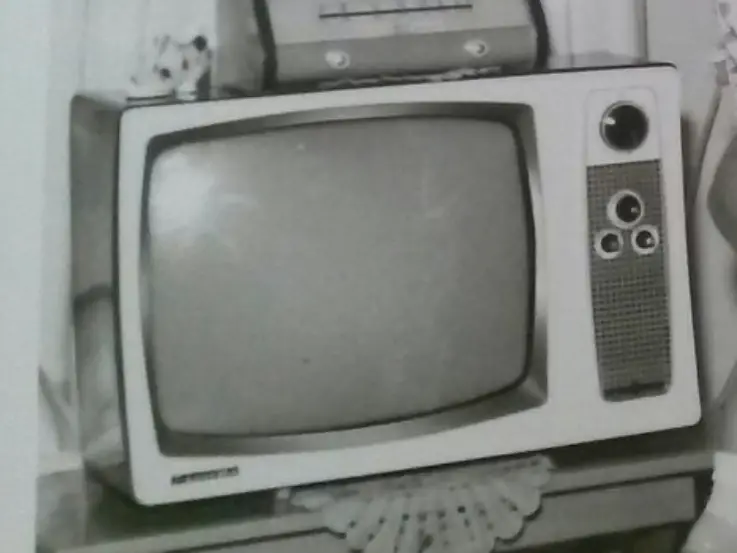
Every family had one – that unfortunate soul (usually the youngest) who served as the human remote control, stationed near the TV to flip channels at the command of parents or older siblings. “Turn it to channel 5!” was less a request and more a royal decree, sending the designated channel changer scrambling to the television set. HowStuffWorks goes into just how much the way we change the channel has evolved.
Today’s kids, with their voice-activated smart TVs and remote control apps, will never know the character-building experience of missing crucial scenes while serving as the family’s channel-changing servant.
2. The Art of Fine-Tuning
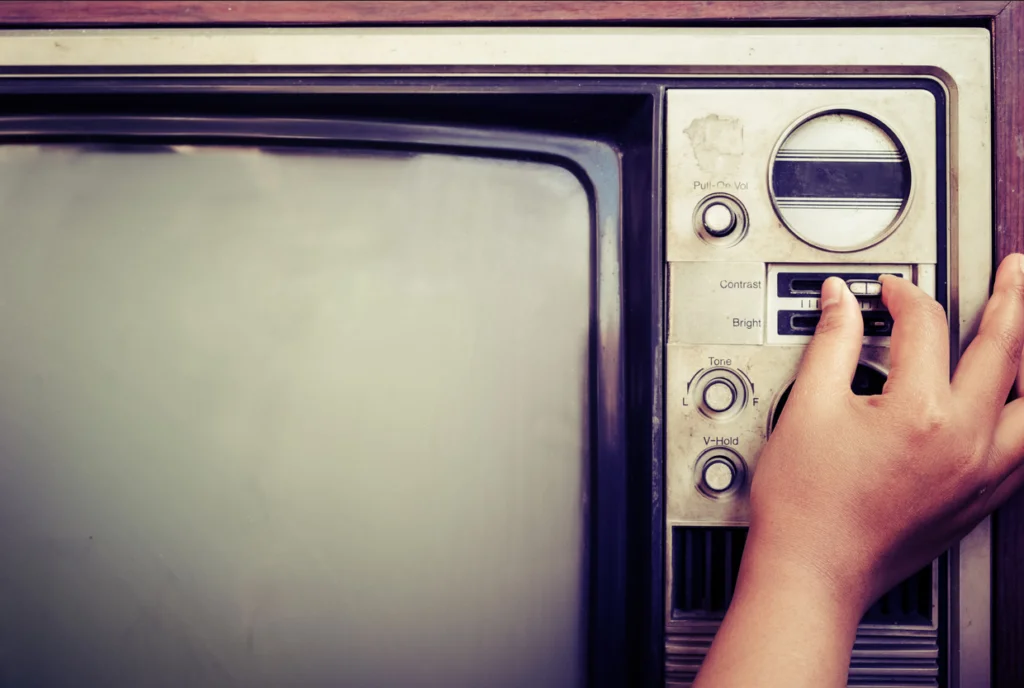
Remember that magical dial labeled “Fine Tune” that required delicate adjustment to clear up fuzzy reception? When snowstorms or strong winds would distort the picture, we’d stand beside the TV, making microscopic adjustments to the dial while someone across the room shouted, “A little more… too much… back a bit!” Solo PR Pro puts into perspective just how important these fine-tuning dials were to the TV experience.
Modern viewers, with their crystal-clear 4K digital signals, can’t comprehend the patience required to watch a program through a layer of static, or the satisfaction of finally achieving that perfect picture after minutes of careful knob-turning.
3. The Strategic Commercial Break Dash
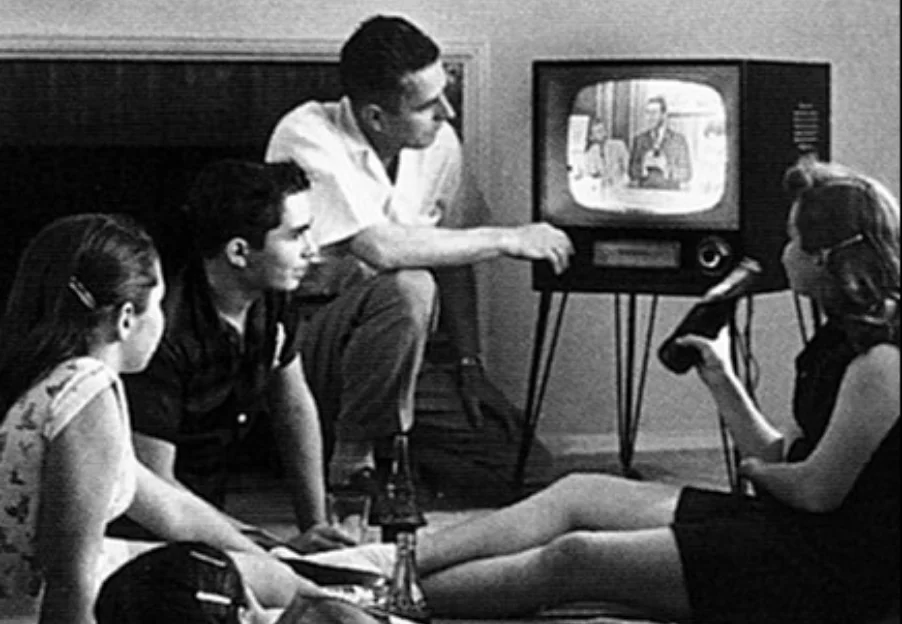
Commercial breaks were not idle moments to check your phone – they were precisely timed opportunities for necessary missions. The moment ads began, you’d sprint to the bathroom, raid the fridge, or make a quick phone call, all while maintaining an ear on the TV to ensure you didn’t miss the program’s return. Strategus turns the channel on how advertising on TV has worked over time.
Today’s viewers, with pause buttons and on-demand streaming, have lost the exhilarating challenge of timing their activities to the rhythms of broadcast television and the Olympic-worthy sprints back to the couch when you heard the show’s theme music resuming.
4. The TV Guide Ritual

Every Sunday, the new TV Guide would arrive, and marking it up was a sacred family ritual. We’d circle programs we wanted to watch and plan our entire week around television schedules, with serious negotiations taking place when favorite shows conflicted.
Modern streaming audiences, with their endless scrolling through recommendation algorithms, miss the anticipation of poring over those printed pages and the satisfaction of creating a perfectly curated viewing schedule that required commitment and planning.
5. The Aluminum Foil Antenna Enhancement
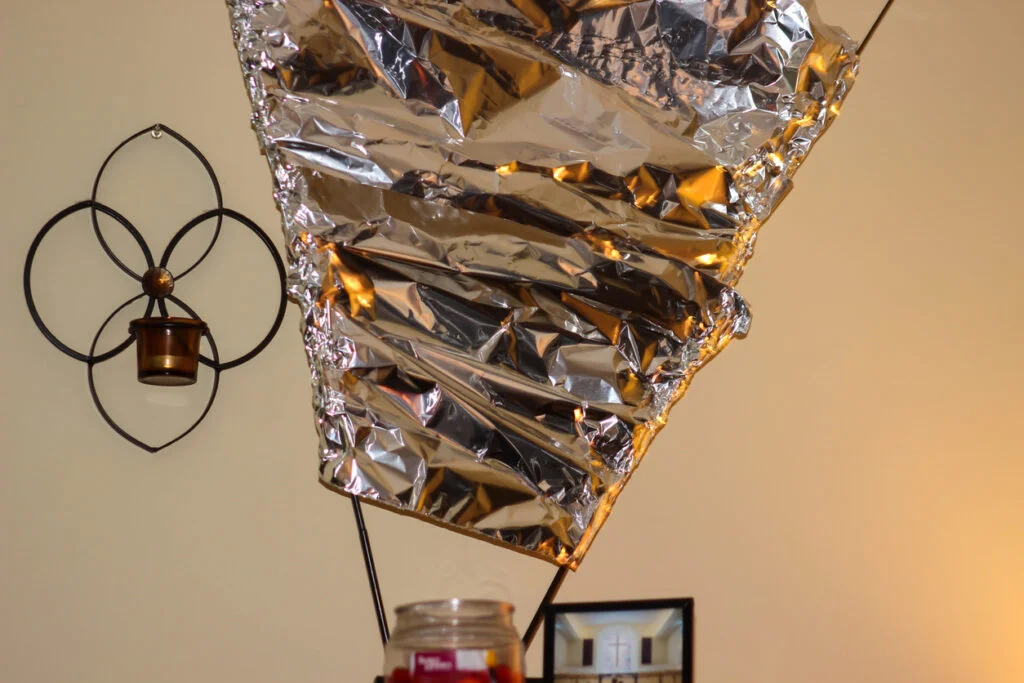
When reception was particularly troublesome, out came the aluminum foil – fashion accessories for your rabbit ear antennas. We’d shape, bend, and adjust these makeshift signal boosters with the precision of sculptors, sometimes adding wire hangers for extra reach.
Today’s viewers, with their wireless connections and digital antennas, will never know the triumph of discovering that exact, precarious arrangement of foil that transformed a snowy picture into something watchable, or the family rule that no one was allowed to move once the perfect position was found.
6. The Shared Cultural Moments
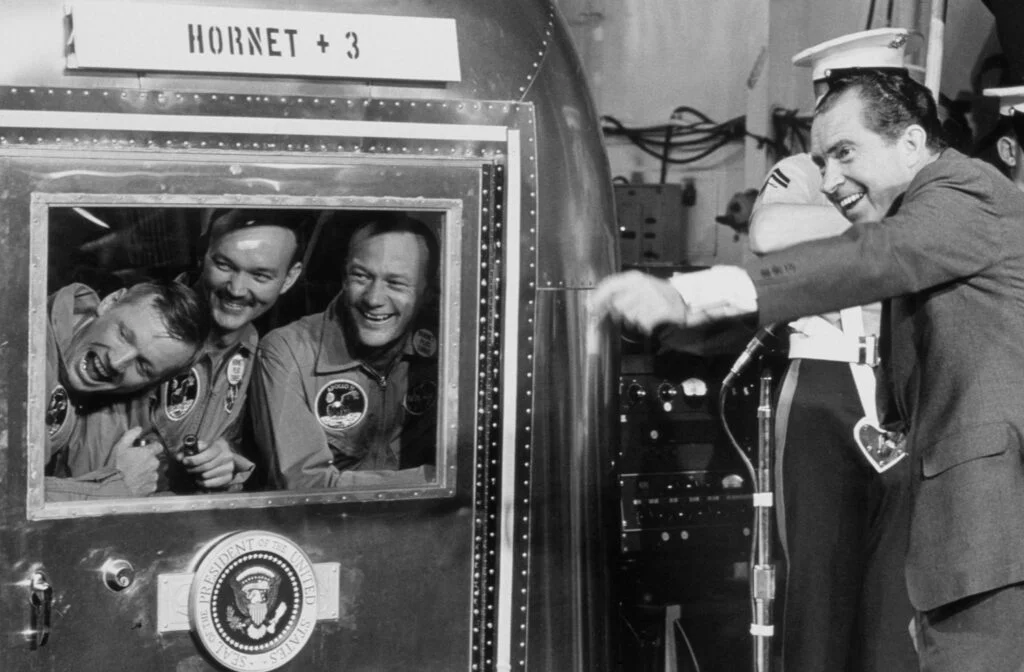
When a special program aired – the finale of M*A*S*H, a presidential debate, or the annual showing of The Wizard of Oz – everyone watched it simultaneously. The next day, entire offices, schools, and neighborhoods would discuss what they’d seen, creating genuine shared cultural experiences.
In today’s world of personalized content streams and binge-watching, we’ve lost that synchronicity of experience, the knowledge that millions of others were watching the same thing at the same moment, laughing and crying together across the country.
7. The UHF/VHF Divide

Television sets had two separate dials – one for VHF (channels 2-13) and another for the mysterious UHF realm (channels 14 and up). VHF stations came in clearly and carried network programming, while UHF channels, with their often snowy reception, delivered reruns, local content, and quirky independent shows.
Modern viewers, accustomed to hundreds of equally accessible digital channels, can’t appreciate the sense of adventure in exploring the UHF dial, where you might discover anything from monster movies to obscure religious programming to public access shows featuring your neighbors.
8. The Channel Memorization Skill
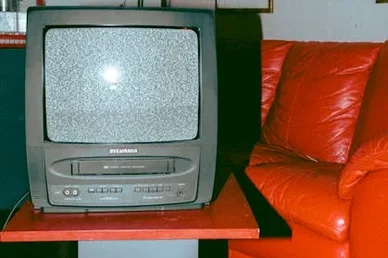
We knew our channels by heart – CBS was 2, NBC was 4, ABC was 7, and PBS was 13. This mental channel map was essential knowledge, like your home address or phone number, and switching between favorite programs required no on-screen guide.
Today’s viewers, navigating through countless streaming apps and channel numbers that reach into the thousands, rarely develop that intimate knowledge of their viewing options or the muscle memory that once allowed us to find our favorite stations without even looking at the dial.
9. The TV Dinner Experience
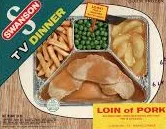
The TV tray was the original home theater dining experience – a wobbly metal stand holding your compartmentalized aluminum dinner while you carefully balanced your seat to see the screen. Families would gather with their individual trays for special occasions like the annual showing of The Sound of Music or when a new TV movie premiered. Modern viewers might eat while watching shows, but they’ve lost the ritual of the dedicated TV dinner night, with its specially purchased frozen meals and the precise arrangement of the living room transformed into a dinner theater.
10. The Vertical Hold Crisis
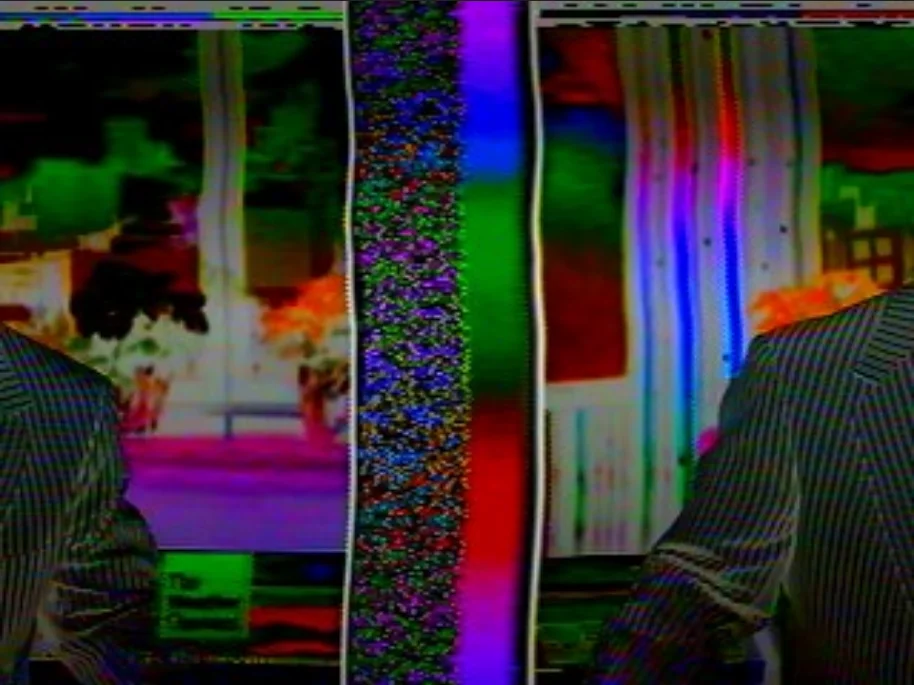
Few things could send a household into panic mode like the dreaded vertical hold malfunction – that moment when the TV picture began to roll endlessly upward or downward. Adjusting the vertical hold knob required timing and precision, with someone frantically turning the control while everyone else shouted contradictory advice.
Today’s viewers, with their digitally stable displays, will never know the unique anxiety of watching important scenes through a continuously rolling picture or the satisfaction of capturing that perfect moment when the rolling stopped and the picture froze in place.
11. The Saturday Morning Cartoon Ritual
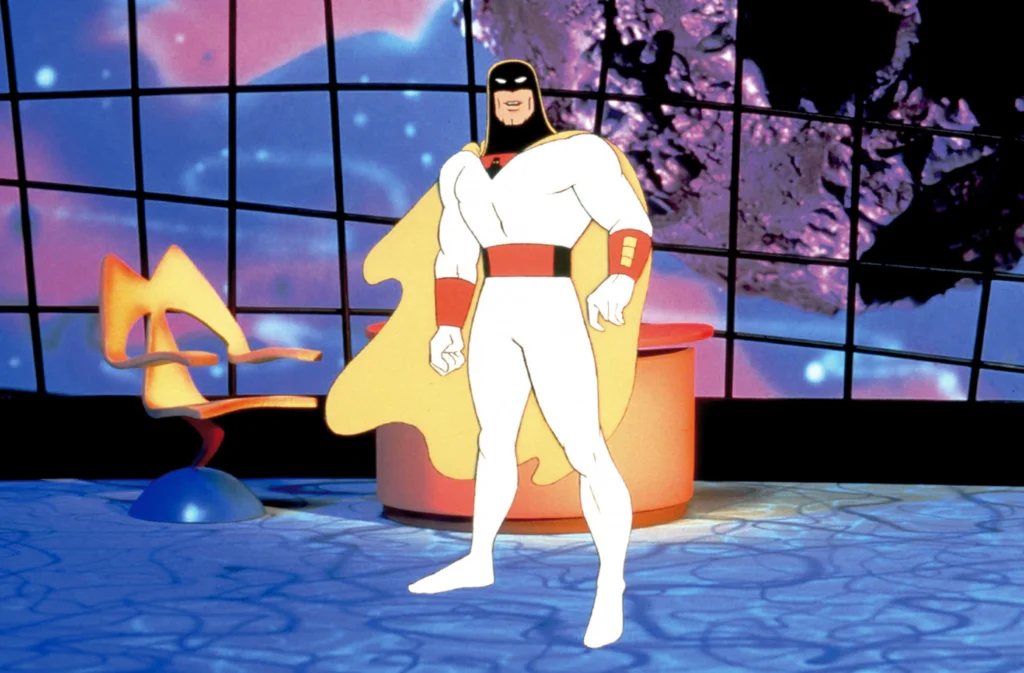
Saturday mornings were sacred time, devoted entirely to cartoon watching from the moment you woke up until the programming shifted to boring sports around noon. Kids would wake early, pour massive bowls of sugary cereal, and settle in for hours of animated entertainment that came just once a week.
In our current world of 24/7 children’s programming channels and on-demand animation, kids will never experience the anticipation of waiting all week for those precious Saturday morning hours or the careful planning required to ensure you didn’t miss your favorite shows.
12. The Sign-Off Ceremony
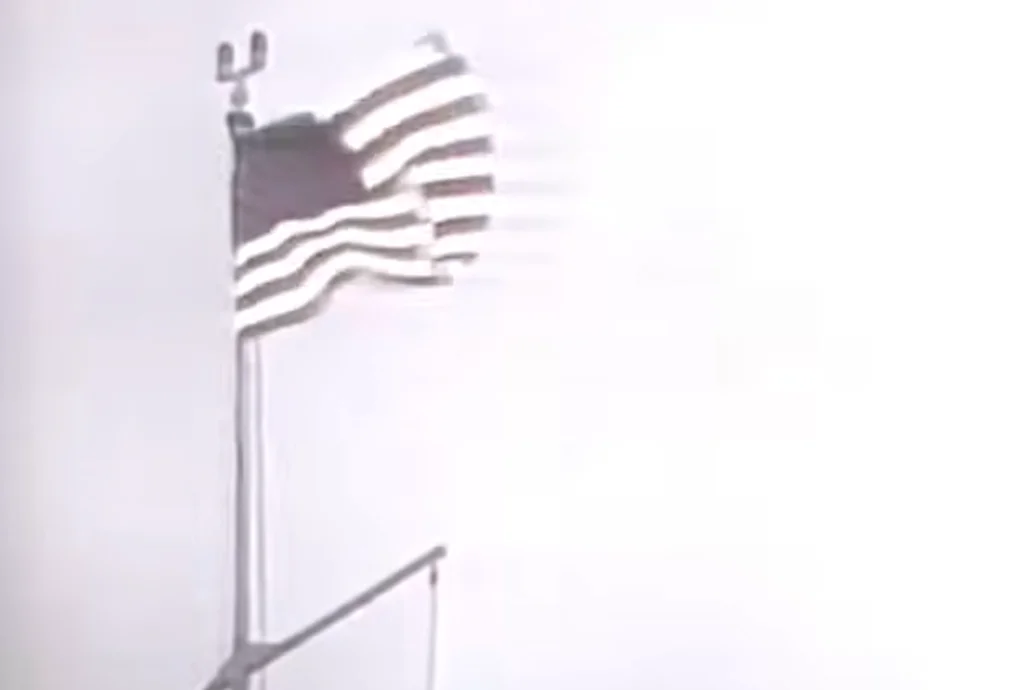
Television didn’t run 24 hours a day – channels actually ended their broadcast day with the national anthem and a patriotic montage, followed by hours of static or a test pattern. Night owls would find themselves with nothing to watch in the wee hours, a concept unimaginable to today’s viewers accustomed to endless content available at any hour.
The static screen signaling the end of the broadcast day represented a natural conclusion to viewing, a clear signal that it was time to turn off the set and go to bed, unlike today’s autoplay features that keep us watching far longer than we intended.
These relics of television past may seem quaint or even primitive to younger viewers, but for those of us who lived through this era, they represent more than just outdated technology – they’re memories of a time when watching TV was an active, shared experience rather than the passive, solitary activity it often is today. While we wouldn’t trade our modern conveniences for those cumbersome old sets, sometimes we miss the days when changing the channel meant more than just pressing a button, when television viewing required commitment, planning, and occasionally, a good pair of running shoes.


